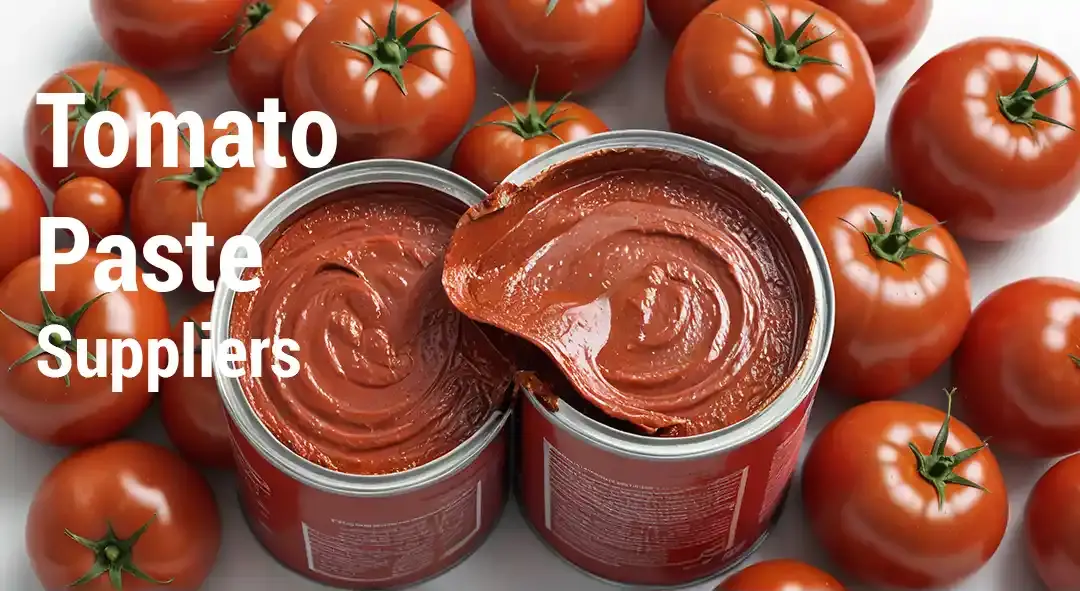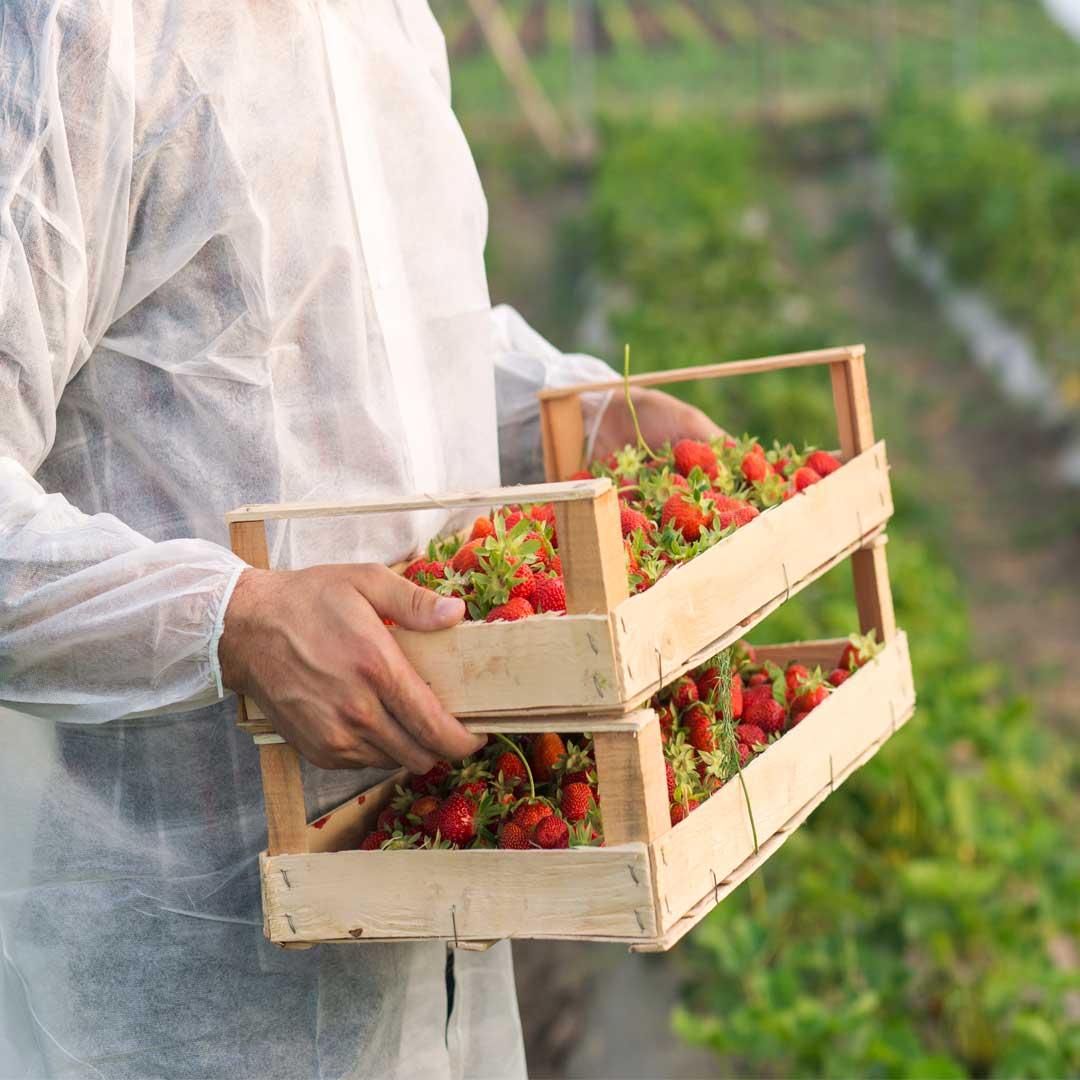France is a major EU market with high demand for premium, natural, and exotic foods. Iran exports pistachios, saffron, d...
The Process of Manufacturing Tomato Paste In Iran Production Line
The Process of Manufacturing Tomato Paste
An Overview of Production Lines and the Industry Tomato Paste in Iran
Tomato paste manufacturing is a well-defined process that transforms ripe tomatoes into a concentrated, flavor-rich product used in countless culinary applications worldwide.
While making tomato paste at home involves simple steps, the industrial manufacturing process is far more complex, relying on advanced technology and strict quality controls to produce a consistent, high-quality product at scale. Iran, known for its rich agricultural land and high-quality tomatoes, has developed a robust tomato paste production industry with a focus on exporting bulk aseptic tomato paste. This article provides an in-depth look at the industrial tomato paste manufacturing process and how Iran has positioned itself as a key player in this industry.

Industrial Process of Making Tomato Paste
The production of tomato paste in a modern factory involves several steps, each requiring specialized equipment to ensure efficiency, safety, and quality. Here’s a breakdown of the typical tomato paste production line:
Receiving and Sorting:
Fresh, ripe tomatoes are delivered to the factory and go through a sorting process. During sorting, damaged or underripe tomatoes are removed. This is often done using a combination of manual labor and automated sorting machines, which assess the color, size, and quality of the tomatoes.
Washing:
Once sorted, the tomatoes are thoroughly washed to remove dirt, pesticides, and other impurities. Washing is crucial as it prepares the tomatoes for the next steps and ensures that the final paste is free of contaminants. High-pressure water jets or washing drums are commonly used for this purpose.
Crushing and Pulping:
After washing, the tomatoes are fed into crushers to break down their structure, releasing juices and pulp. The crushed mixture then passes through pulping machines, which further refine the consistency by separating seeds, skins, and stems. The result is a smooth pulp that is ready for cooking.
Preheating and Enzyme Deactivation:
To preserve the quality and color of the paste, the tomato pulp undergoes a preheating stage at around 85–90°C (185–194°F). This deactivates enzymes that can break down the pulp and cause loss of texture or color.

Evaporation and Concentration:
The preheated pulp is transferred to vacuum evaporators, which reduce the water content and concentrate the tomato solids. Vacuum evaporators work by lowering the boiling point of water, allowing the mixture to thicken quickly without losing nutrients or flavor. Depending on the desired concentration, this stage can produce single, double, or triple-concentrated tomato paste, typically measured in degrees Brix, indicating the sugar concentration.
Straining and Refinement:
To achieve a smooth, even consistency, the concentrated pulp is passed through fine strainers that remove any remaining particles. This process also ensures uniform texture and removes any lingering impurities, producing a high-quality paste.
Aseptic Sterilization and Packaging:
For products intended for long-term storage and export, aseptic packaging is essential. The paste is sterilized and then transferred to sterile containers in an aseptic environment, which helps prevent contamination and extends the product’s shelf life without preservatives. In this phase, the paste is often packed in bulk drums or bags for easy transportation and storage.
Quality Control and Testing:
Throughout the production line, quality control tests are conducted to check for consistency, color, taste, Brix levels, and potential contaminants. These tests ensure the final product meets industry standards and the specifications required by clients, particularly for export.

Equipment in Tomato Paste Manufacturing
Producing tomato paste requires specialized equipment at every stage. Key machinery includes:
Sorting Machines:
Used to remove defective tomatoes.
Washers:
Ensure tomatoes are clean before processing.
Crushers and Pulpers:
Break down tomatoes and create a pulp.
Vacuum Evaporators:
Concentrate the pulp by removing water efficiently.
Aseptic Packaging Machines:
Pack the paste in sterile conditions for long-term storage.
Many factories use fully automated production lines, which enhance efficiency and reduce human error. Automation allows for higher output, precise control over quality parameters, and faster production times, which is critical for meeting demand and maintaining competitiveness in the market.

Tomato Paste Production Lines in Iran
Iran is one of the world’s leading producers of tomato paste, thanks to its favorable climate for tomato cultivation and its investment in industrial food processing infrastructure. Iranian tomato paste is especially popular in the Middle East, Europe, and Asia, known for its deep red color, rich flavor, and high Brix levels. Here’s how the production line operates in Iran:
Tomato Cultivation and Harvesting:
Iran has extensive tomato-growing regions, particularly in provinces like Fars, Khorasan, and Kerman, where the climate allows for large-scale tomato farming. The high natural sugar content in Iranian tomatoes makes them ideal for paste production, as they yield a rich, concentrated product.
Centralized Processing Facilities:
Iran’s tomato paste factories are strategically located near tomato-growing areas to minimize transportation time and preserve tomato freshness. This proximity helps maintain quality by allowing freshly harvested tomatoes to be processed within hours of picking.
Focus on Aseptic Production for Export:
A significant portion of Iran’s tomato paste is produced in aseptic packaging for export. This type of packaging meets the requirements of international buyers, as it provides a shelf-stable product with an extended shelf life of up to two years. Iranian producers typically offer high-Brix (36-38%) paste in 245 kg aseptic drums, a preferred format for bulk buyers and food manufacturers abroad.
Advanced Quality Control and Certification:
Iranian factories adhere to strict quality control standards, with many producers obtaining international certifications such as ISO, HACCP, and Halal to meet the demands of export markets. Quality tests are conducted at various stages to ensure that the tomato paste meets global quality and safety standards.
Export Market and Distribution:
Iran exports tomato paste to more than 50 countries, with major markets in the Middle East, Europe, and parts of Asia. Iranian producers have established a reputation for providing high-quality, competitively priced tomato paste in large volumes, making Iran a significant supplier in the global tomato paste market.
Sustainability in Iranian Tomato Paste Production
Many Iranian producers are exploring sustainable practices to improve efficiency and reduce waste.
Some of these initiatives include:
Water Recycling:
The water extracted during the concentration process is often recycled within the factory, minimizing water usage in regions where resources may be limited.
Energy-Efficient Equipment:
Vacuum evaporators and other machinery designed for energy efficiency are increasingly popular in Iranian factories, helping reduce the environmental footprint of production.
Local Sourcing and Reduced Transport: By sourcing tomatoes locally and operating near farms, Iranian producers lower carbon emissions associated with transportation.
Process of Manufacturing Tomato Paste In Iran In Summary
The industrial production of tomato paste is a precise, multi-step process requiring advanced machinery, strict quality control, and expert knowledge to create a consistent, high-quality product. Iran has developed a sophisticated tomato paste industry that not only meets local demand but also plays a significant role in the global market. With state-of-the-art equipment, strategic location near tomato farms, and a focus on aseptic production for export, Iranian tomato paste manufacturers continue to expand their presence worldwide, delivering a product known for its quality, flavor, and rich color.




